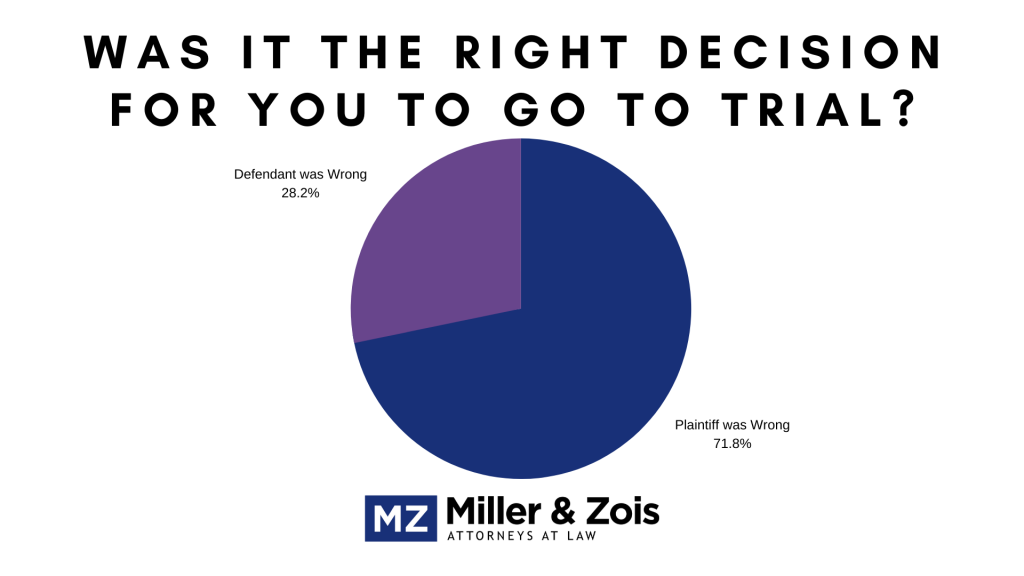Accident lawyers attempting to negotiate settlements with insurance companies view insurance companies as monolithic, i.e., “Insurance Company A is difficult’ or “Insurance Company B is easy to deal with on claims.”
Sure, it is an oversimplification. Claims practices by different insurance companies vary from state to state and even from insurance claims adjuster to insurance claims adjuster. But each insurance company has its own history, policies, and “world view” of handling auto accident claims. There are some insurance companies — Progressive and MAIF come to mind first — that you can safely bet you have no chance of getting anything resembling a fair offer.
It is also worth noting that the similarities of individual insurance companies vary inversely with the severity of the accident. This is because larger cases invariably require more discretion by the insurance adjuster, and serious injury cases are given to more experienced adjusters who are given more trust from the insurance company.
 Maryland Injury Law Center
Maryland Injury Law Center


